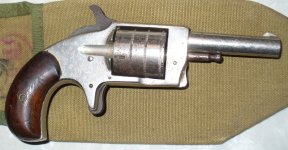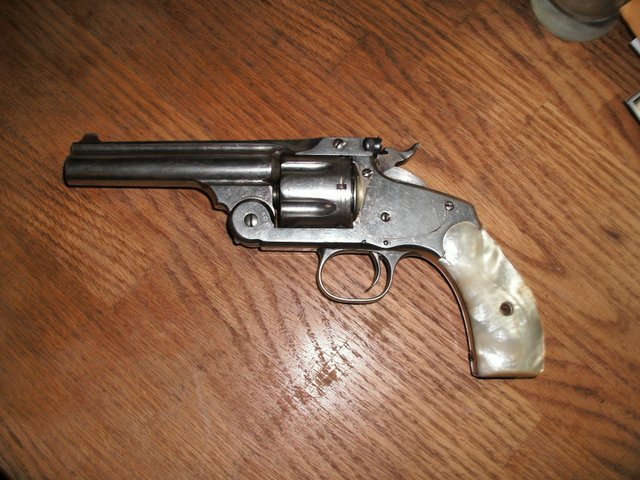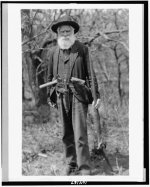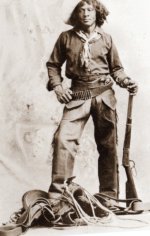Mike Irwin said:In those situations when you're working with a rope and a thoroughly ****** off chunk of beef, a handgun in a holster could be a significant liability if the rope got caught behind the holster.
Actually, that handgun close at hand could be a lifesaver for a cowboy with a particularly angry piece of beef on rope (why do I get the mental image of a steak being lassoed...).
Elmer Keith (pbuh) specifically mentions in his autobiography a few episodes of needing to use his sidearm against angry and out of control animals while working cows or horses. He wasn't a cowboy in the traditional sense, but could call those guys his mentors by virtue of being born as that era was winding down.
Chris






